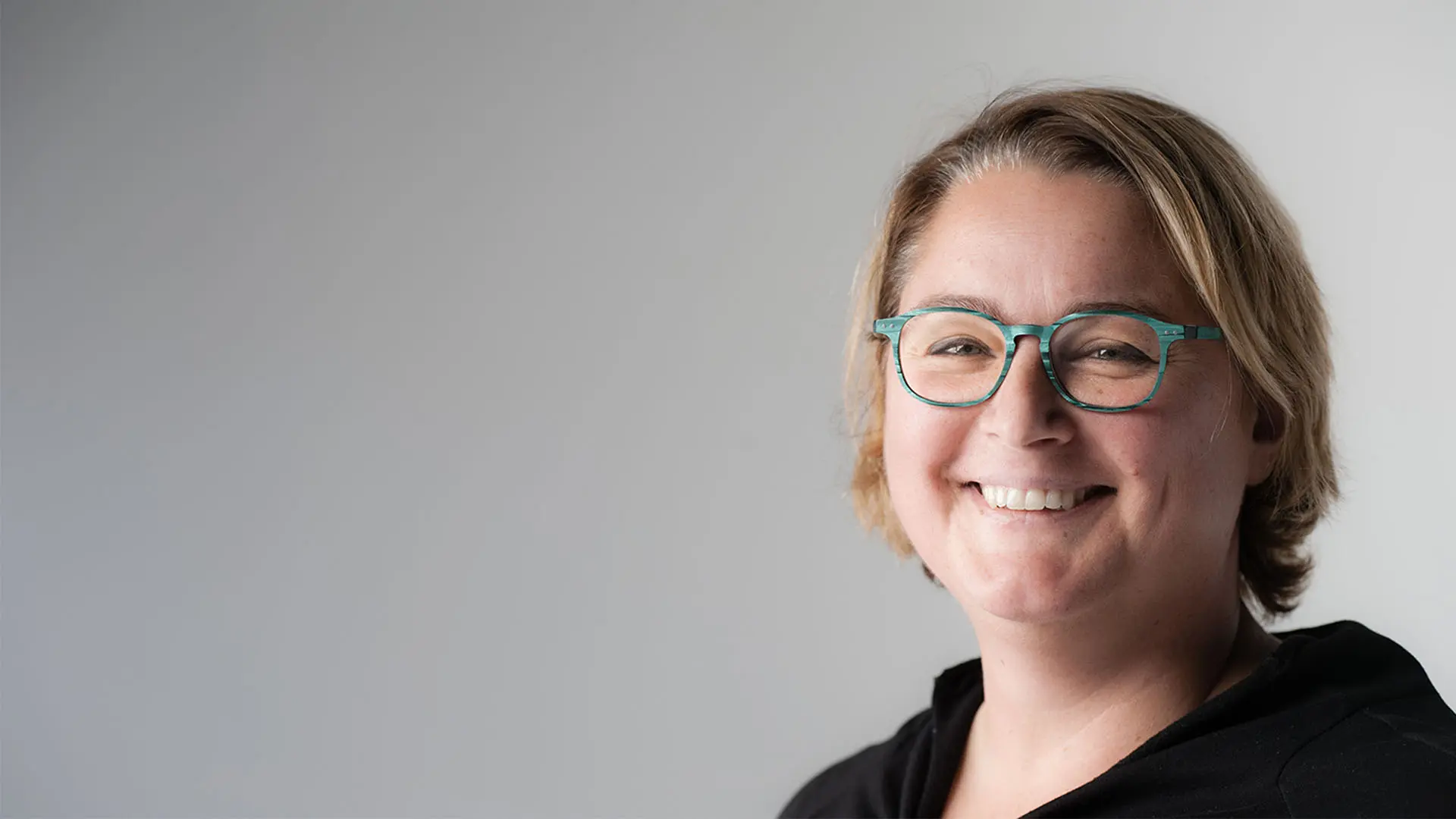Materials Experience
Valentina Rognoli

I have been a researcher for the Design Department for almost two years, after having spent eight years with the Chemistry, Materials and Chemical Engineering “Giulio Natta” Department of the Politecnico di Milano. I have been researching for almost twenty years in the field of materials and technologies that shape our everyday life, and my main focus is what I defined during my PhD as the "expressive-sensory dimension".
I have always been passionate about design and objects, and even as a child I was curious about what we now call 'material culture'. Luckily for me, the year after I graduated, the Politecnico di Milano activated the 'Corso di Laurea in Disegno Industriale' (Degree Course in Industrial Design), which has now become the School of Design. During my university years, I further developed this curiosity, also thanks to the opportunity to do an internship in the studio of one of the most important Italian designers, Enzo Mari. With this experience, which then lasted a couple of years, I realised that I had a propensity for design research and began to look at the world of materials with increasing interest.
I have therefore been doing research for almost 20 years in the field of materials and technologies that shape our everyday life, and my main focus is what I defined during my PhD as the 'expressive-sensorial dimension'. This line of research looks at materials for design as tools through which to characterise design from the perspective of perception, emotionality and language. Through the choice of materials and their transformation, the designer designs the language of the artefact and materialises a world of sensorial and emotional references, defining the 'materials experience', that is, the experience that the user has, and the designer is called upon to design, through and thanks to the materials of the artefact.
Emerging material experiences in the contemporary context concern two phenomena that have recently established themselves and are continuing to develop, DIY Materials and ICS Materials.
The first phenomenon is that of DIY Materials, i.e. materials designed and self-produced by the designer himself. The designer has also become active with respect to the current ferment of practices relating to making, the revaluation of craftsmanship (evolved craftsmanship), the development of fab labs, and the democratisation of technologies for the realisation and production of artefacts such as the famous example of 3D printing, and there are more and more case studies not only of self-produced objects, but also of materials. In fact, the designer today demonstrates the need to take the design process in hand from its beginning, creating the materials and the tools to process them himself, then sharing the results of the various experiments. The main characteristics of these materials are that they are mostly obtained from 'ingredients' derived from the world of natural and animal resources, or from waste from other processes. Research on DIY Materials has just begun and at the moment, more than 150 case studies of self-produced materials have been collected to describe the phenomenon. These case studies will serve to better frame and define the phenomenon.
Emerging material experiences in the contemporary context concern two phenomena that have recently established themselves and are continuing to develop, DIY Materials and ICS Materials.
The first phenomenon is that of DIY Materials, i.e. materials designed and self-produced by the designer himself. The designer has also become active with respect to the current ferment of practices relating to making, the revaluation of craftsmanship (evolved craftsmanship), the development of fab labs, and the democratisation of technologies for the realisation and production of artefacts such as the famous example of 3D printing, and there are more and more case studies not only of self-produced objects, but also of materials. In fact, the designer today demonstrates the need to take the design process in hand from its beginning, creating the materials and the tools to process them himself, then sharing the results of the various experiments. The main characteristics of these materials are that they are mostly obtained from 'ingredients' derived from the world of natural and animal resources, or from waste from other processes. Research on DIY Materials has just begun and at the moment, more than 150 case studies of self-produced materials have been collected to describe the phenomenon. These case studies will serve to better frame and define the phenomenon.
Materials have always been a topic of interest for design research. What we are trying to do here at the Department of Design is to carry out both theoretical and experimental materials research that enhances 'materials culture'.
To do this, we use an approach developed in collaboration with Prof. Elvin Karana (TUDelft) called Materials Driven Design, which aims to emphasise the fundamental role of materials in the design process, a role that can condition the entire development of the project itself. The Materials Driven approach promotes materials culture and points to the discipline of design as indispensable for research in today's world of materials and technologies.